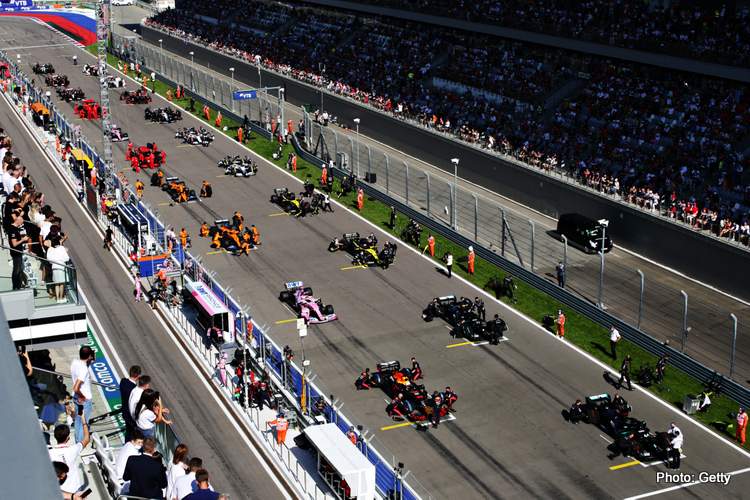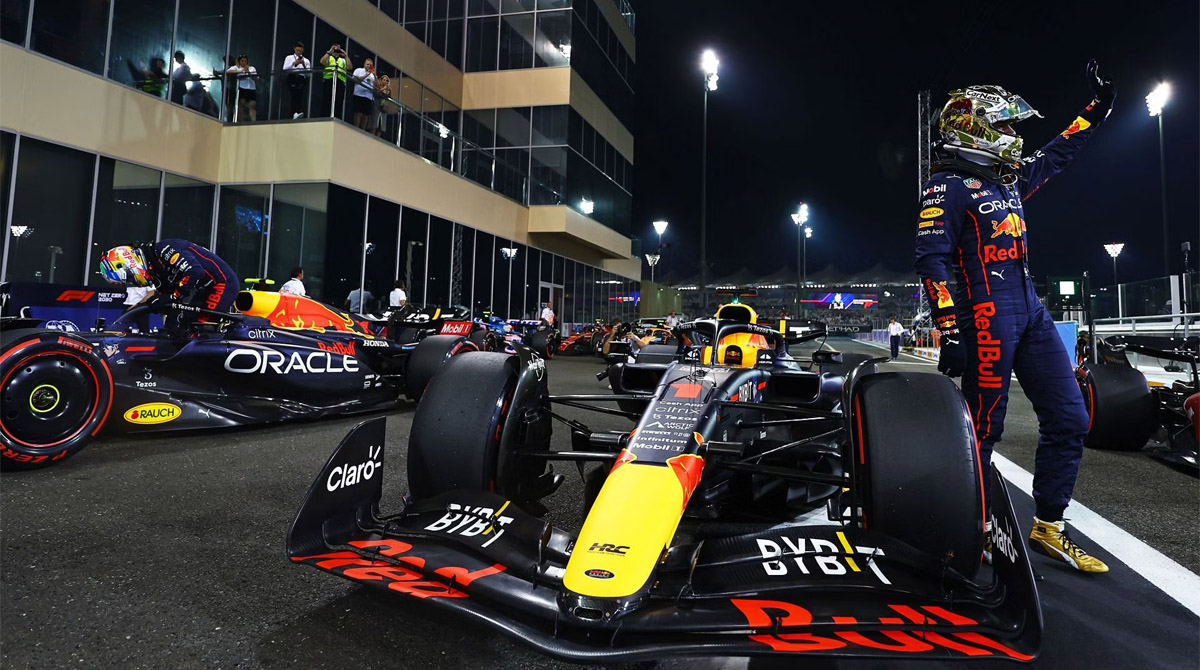Pole position in Formula 1, or simply “pole,” occupies an extraordinary place of prominence within the sport. It represents the foremost starting position for any F1 race, a distinction awarded to the driver who exhibits extraordinary speed and skill during the critical final phase of the qualifying session, famously known as Q3.
The qualifying session itself is a high-stakes spectacle that typically unfolds a day prior to the main race. Divided into Q1, Q2, and Q3, it’s a multi-act drama where drivers compete for supremacy, with the slowest contenders being eliminated in Q1 and Q2, leaving only the crème de la crème for the ultimate showdown in Q3.
RELATED : What is DRS System in F1, how does it work Quick start ?

But what is it about pole position that makes it the most sought-after spot in Formula 1?
- Track Advantage: Imagine it as securing front-row tickets to a blockbuster show. Commencing from pole means taking your place at the very forefront of the grid, affording an unobstructed view of the entire racetrack. This advantage proves especially crucial in the initial laps when the field is closely packed, effectively reducing the risk of becoming entangled in the chaotic traffic. The pole-sitter enjoys the freedom to dictate the race’s tempo, maintaining a strategic edge over the competition.
- Strategic Significance: Choosing pole position isn’t just about where you stand; it’s about where you stand from. The pole-sitter has the privilege of selecting their preferred side of the grid, akin to choosing the fastest-moving lane in a traffic jam. This strategic choice often translates into a smoother start, offering a more favorable trajectory into the crucial first turn and minimizing the potential for race-altering chaos and collisions, which are more prevalent further back in the grid.
- Clean Air Advantage: In Formula 1, the concept of “clean air” holds a unique meaning. F1 cars generate turbulent air in their wake, disrupting the aerodynamic performance of any vehicle closely following behind. Nevertheless, the pole-sitter, leading the race from the outset, remains shielded from this turbulent air. This translates into enhanced aerodynamic efficiency, superior grip, and more predictable handling, all contributing to quicker lap times.
- Enhanced Chances of Victory: History unequivocally illustrates that starting from pole position significantly enhances the likelihood of winning the race. The pole-sitter remains in control, setting the race’s rhythm, steering clear of the chaos that frequently unfolds in the midfield, and often establishing a substantial lead over competitors early on. This trio of track advantage, strategic choice, and clean air combines to create a potent formula for victory.
- Psychological Uplift: It’s not solely about what transpires on the track; it’s equally about the driver’s mental state. Initiating the race from pole infuses confidence and a sense of being in command. This positive mindset translates into more astute decision-making, efficient race management, and ultimately, a superior performance.
RELATED: Origen of Pole positioning in F1
In summary, pole position in Formula 1 embodies more than a mere advantageous starting point; it symbolizes the pinnacle of accomplishment in the sport. It provides an unobstructed view of the race circuit, the liberty to select the most advantageous side of the grid, access to clean air, an in amplified prospect of clinching victory, and a substantial boost in driver morale. These facets come together to make securing pole position the ultimate aspiration for racers in the electrifying world of Formula 1.
It’s noteworthy that Lewis Hamilton holds the record for the most pole positions in Formula 1 history with an impressive 104. He achieved his maiden pole position in 2007 in Canada, and in 2017, he surpassed Michael Schumacher’s record of 68 pole positions. Additionally, Hamilton boasts a record for the most podium finishes, most laps led, and most race victories. With seven World Championships under his belt (acquired in 2008, 2014-15, 2017-20), and a career points tally of 4606.5, he stands as an iconic figure in the world of Formula 1.
Entertainment :Cillian Murphy’s Dutch Mastery: Bringing Oppenheimer to Life

WiHBLfBjtMmQljiFMMil
qBJOTAiRwdXILuLJPETOJHjJTOyI